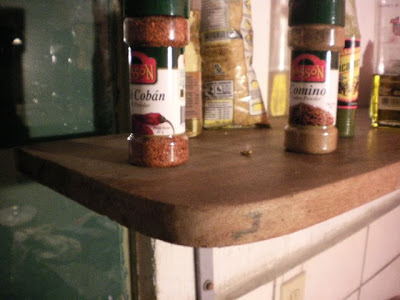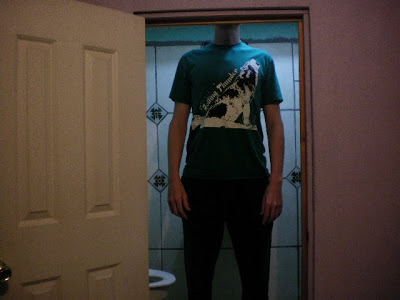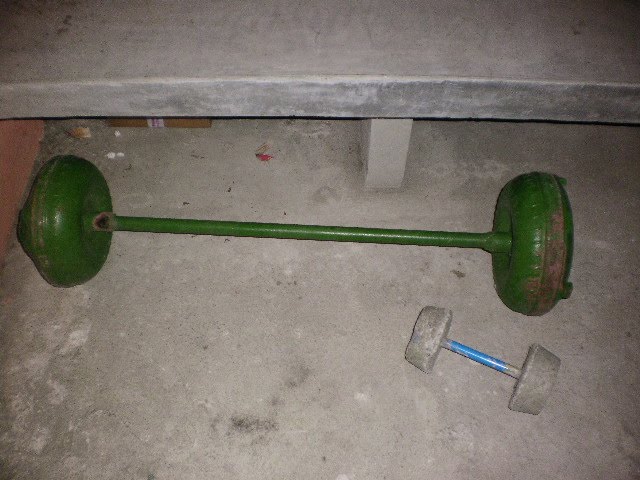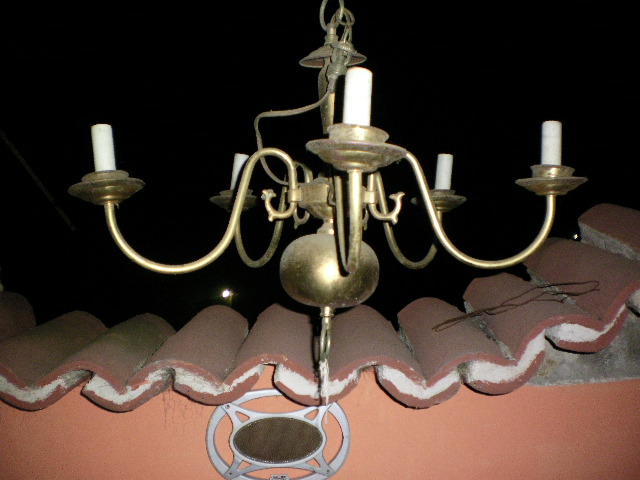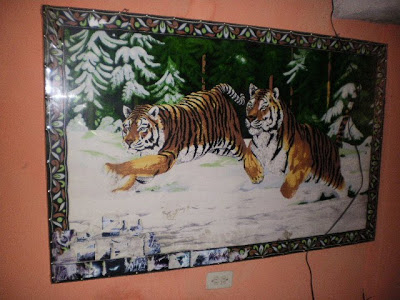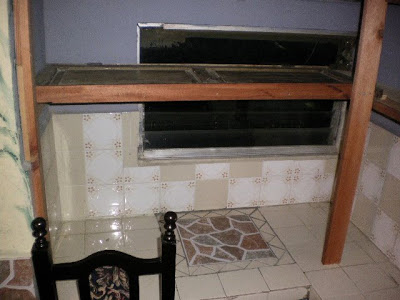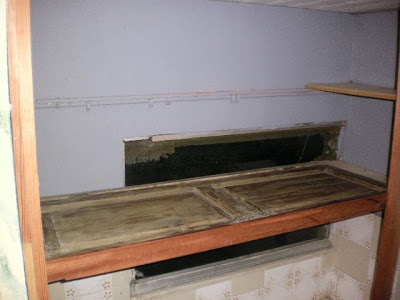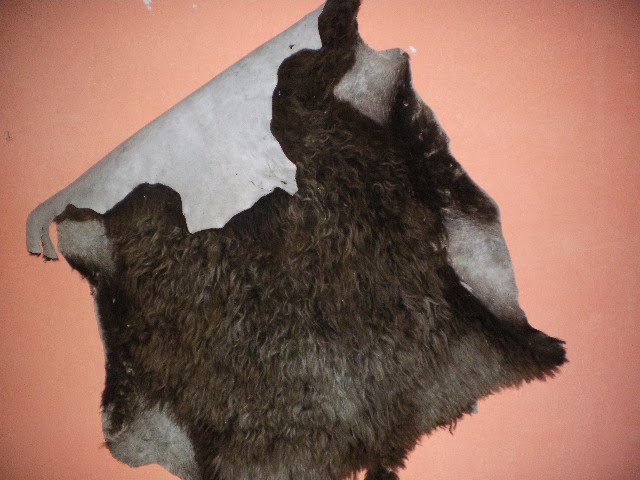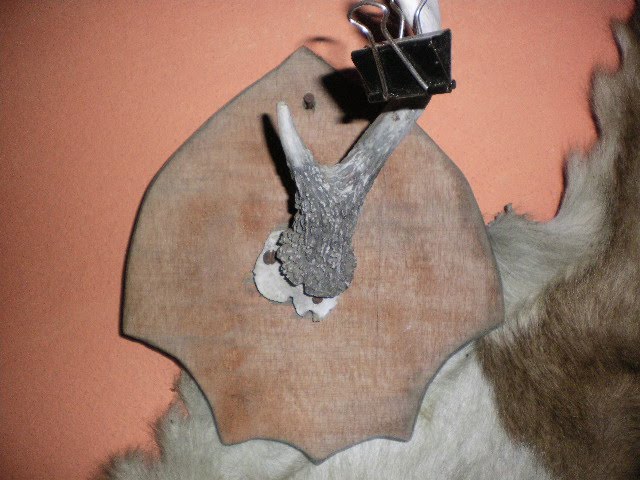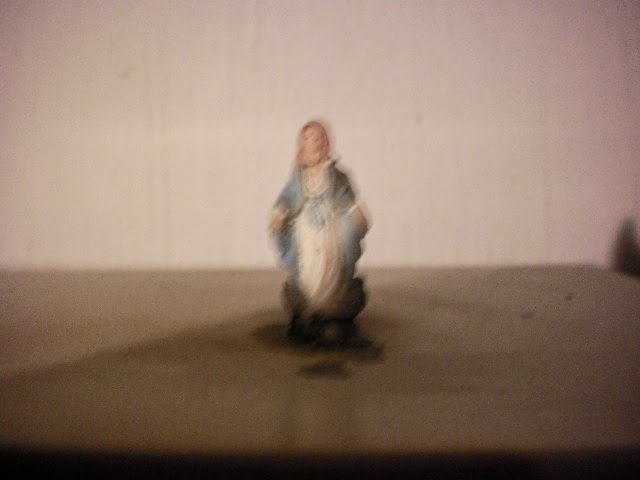As a recreational cyclist, one who moved to Guatemala to pursue a job that relies heavily on cycling, I’m probably due for a post that assumes cycling as its foremost topic. This realization coincides nicely with my first Central American bonk, which is convenient for making a decent story.
The day began innocently enough as I set off in the back of a pick-up truck towards the small town of Santa Maria de Jesus, on Volcan de Agua. My goal was to learn a route that had been scouted several months ago by a different guide and marked with red paint. Kevin, another guide, joined me as far as the trailhead but returned with the truck, as he hates bikes. I dropped into the beginning of the descent extremely skeptically. Up to this point the riding has been decent but by no means noteworthy. The trails are not designed or maintained for riding, and are used almost exclusively by local farmers as modes of transportation between their homes and their fields. Furthermore, the beginning of this ride was littered with household trash that was staggering even for rural Guatemala, and I was already crabby because I was sure that riding in this area alone I would be robbed and have to walk home in riding shoes and a montanacyclocross.com kit. My mood degenerated more when I came to the first split in the trail and found that while the turn was, in fact, marked with red paint, that that paint mark was located directly in the center of a rock that laid directly between the two trails. Rats. Fortunately, two farmers were resting in the shade nearby and through limited frustration, broken Spanish, and enthusiastic gesticulation I determined the proper way. My skepticism of this trail continued for another minute as I was stuck behind two Mayan ladies carrying twice their body weight in corn. However, it lasted only a minute and as soon as I made my pass I was unleashed upon an Eden of singletrack bliss. I was far enough from the town, now, that the litter had diminished to the infrequent discarded Tortrix bag, and there was absolutely zero indication from the quality of riding that this trail wasn’t designed, engineered, and built exclusively for riding mountain bikes. Flowing banked corners were punctuated by root drops and rock gardens before entering into a river of cooled pahoehoe, which through a geologic lens was nothing short of awe inspiring. Short, technical climbs sustained elevation throughout the descent, making the ride almost tantric as it continued despite relativley modest change in elevation. Eventually the singletrack flowed into a dirt mountain road, which through years of neglect and torrential rain had managed to form a series of doubles which were easily cleanable even by my modest (read: essentially non-existant) capacity to leave the ground. Road gave way to road, and by the time I returned to Antigua I was on cloud nine, reveling in this discovery of decent trail. In my euphoria, I set off immediately towards another small mountain town, El Hato, to investigate reports of trail there.
My plan for the day had been to research and learn the ride from Santa Maria. Check. It had taken less time than anticipated, however, and my plan expanded to ride to above El Hato, find a trail to another town, San Mateo, and ride the road back from San Mateo to Antigua. It seemed simple enough, I was feeling good, and my breakfast of two pieces of banana bread and two endurolytes seemed ample to continue fighting the good fight. Incorrect. Perhaps this is a good time to discuss road building trends in Guatemala. The mountains here are very steep, and the “engineers” seem to have been focused on getting the most bang for their buck when it came to paving supplies. There are no switchbacks to speak of, and almost no roads that follow the contour of the hillside. The roads here go straight up, and straight down. The first climb out of Antigua to El Hato is challenging but not entirely uncivilized, and having ridden it before I was
mentally prepared. It’s about a 5k climb and only the first 1.5-2k are very steep. After that it settles into a difficult and consistent grade that is well suited to riders who prefer to settle into a tempo and go. I’m one of those riders, and I generally enjoy this climb. I arrived without Incident in El Hato, which was pretty much the end of the fun part. Recalling instructions from another rider, I continued around a bend and was greeted by a cobblestone hill that I can, with a clean conscience, describe in the same breath as the word “
Koppenberg.” I composed myself briefly and assaulted this stone wall with the full utility of my small chainring. I had considered switching my bike to a single speed before moving down here for ease of maintenance. That would have been imprudent. After summiting this road I was battered down for another ten minutes by equally steep, albeit paved climbing. I eventually found what turned out to be about 3k of singletrack which can at best be described as mediocre. A much more interesting discovery happened halfway through this traverse to San Mateo when I realized that I was about fifteen minutes shy of a bonk. Double Rats. I rolled into San Mateo as the lethargy and moodiness began to take hold, and sought out a tienda to replenish myself before the cruise home. As soon as I purchased my Pepsi and fried pigskins, I was accosted by a number of grown men who started asking for money. I gave them the second half of my snack and headed back to Antigua. Then shit got real. The road out of San Mateo, it turns out, is not a simple cruise along the ridge to El Hato. It is a 6k climb of above 20% that frequently exceeds 30%. It did not take long to be become quite clear that the Pepsi was not going to cut it. After what seemed like an eternity of climbing in my granny gear and doing those pitiful little switchbacks from curb to curb (the ones that silently yell, “please run me over with that bus and end this miserable disgrace to my Coat of Arms.”), I made it to the ridge and descended with irresponsible alacrity through through El Hato and back to Antigua. Once there I wallowed for a while in self-pity before ordering two lunches from the nice ladies across the street, devouring those, and passing out with Xela in her bed. It wasn’t until I awoke that I learned of my greatest regret since arriving here.
That regret, of course, is missing a horse race on All Saints Day a few towns over. This is not your regular Kentucky Derby slosh fest, but something special. The sort of thing that might have convinced Hemingway to hold out long enough to have a look. My details of this race are sketchy at best: told third hand over a bar, but are ample to ignite any imagination with a pulse. Imagine, for a moment, that you could combine the
Beer Mile with the
Italian Palio. Now add that lawless, chaotic din and the irreverent disregard for the provision of life and limb that typifies the Central American third world. Now, you have the All Saints Day horserace. The premise goes something like this: local contestants toe the line next to their horse on one side of town. The gun goes off and the men drink a beer as fast as they can, mount their steeds, and race across town to the other side, where another beer is waiting. The race goes back and forth across town until a winner emerges. And that’s the beauty of this race. I don’t know what sort of time constraints there are on the competitors, but there must be some, because unlike the Beer Mile, or the Palio, or almost any other race out there, the winner is the last man standing/riding. It goes until all but one individual has incapacitated himself and withdrawn, which is a truly beautiful concept. With this race in mind, you can count on my returning to Guatemala during the first week in November at some point in the future. Any takers?

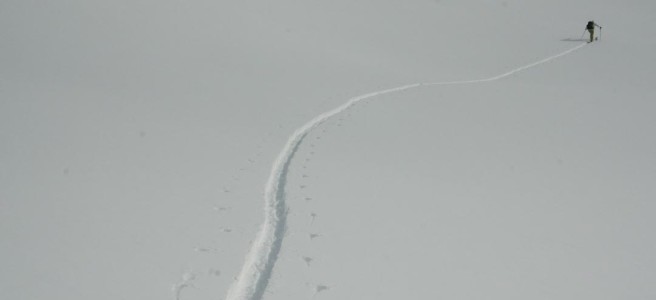
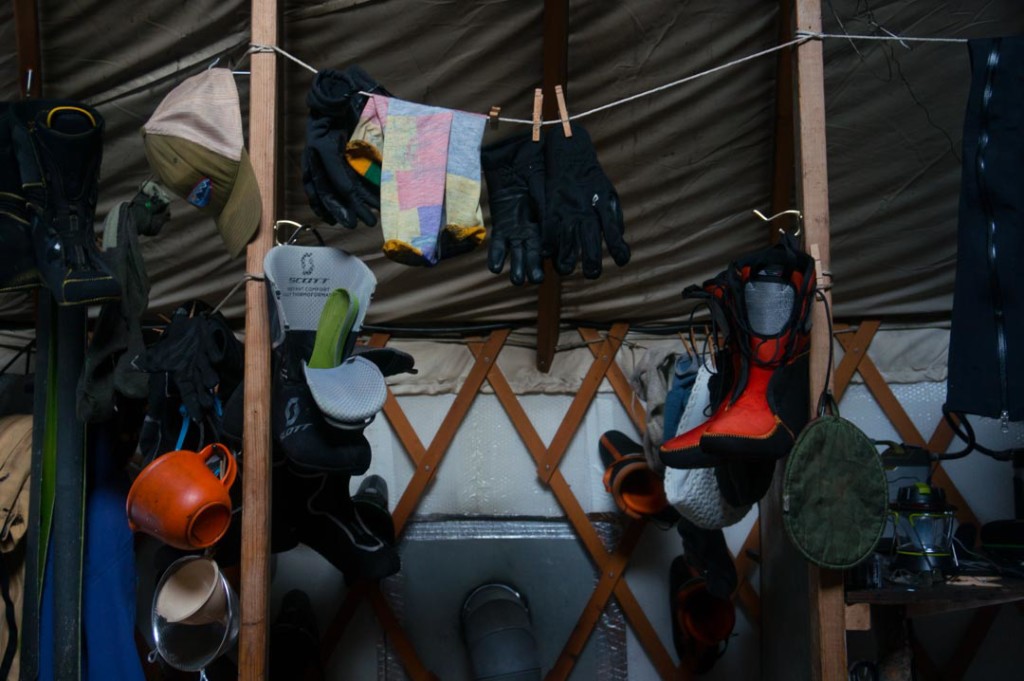
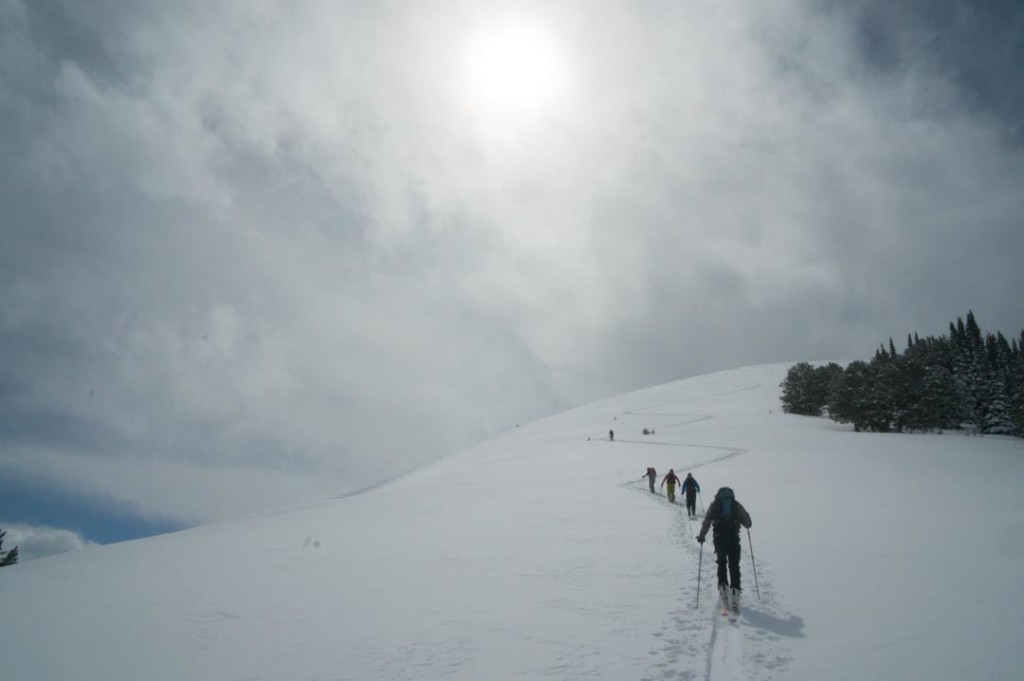
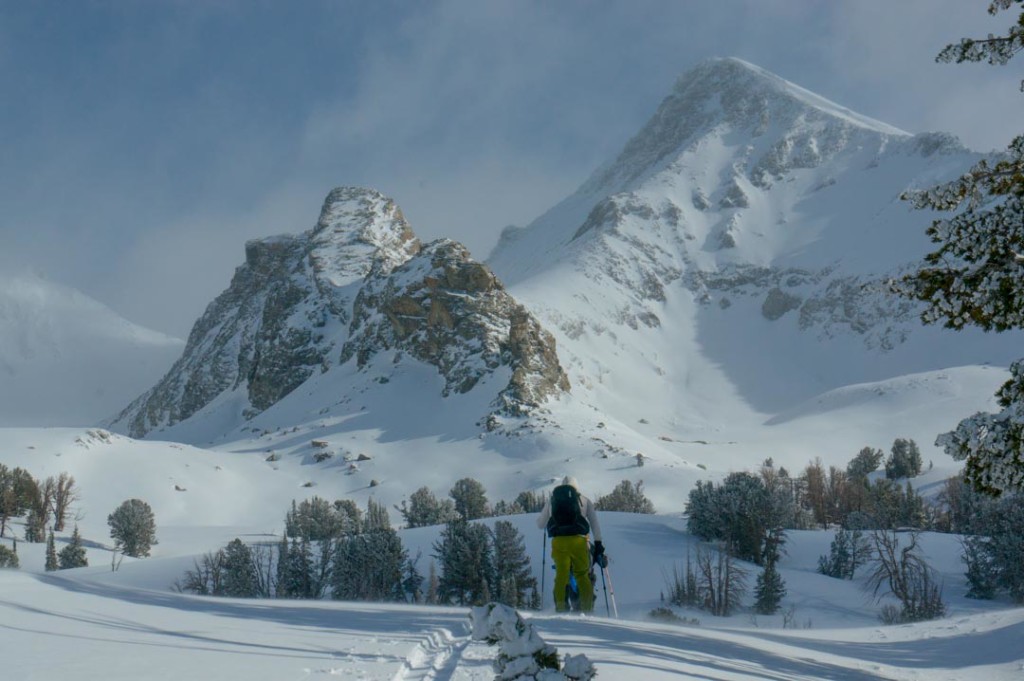
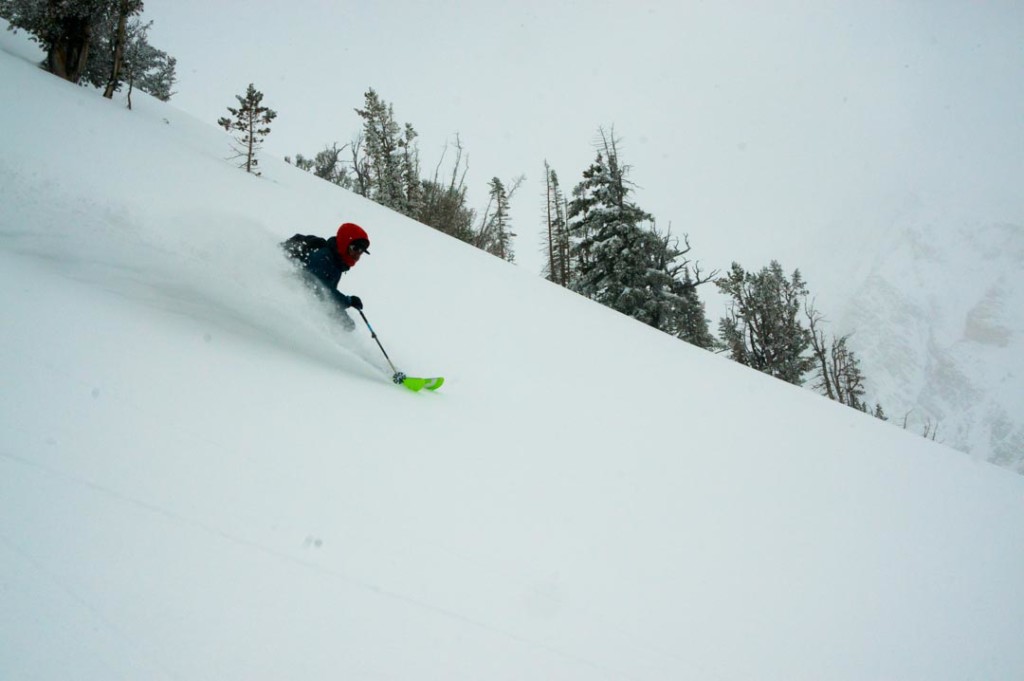
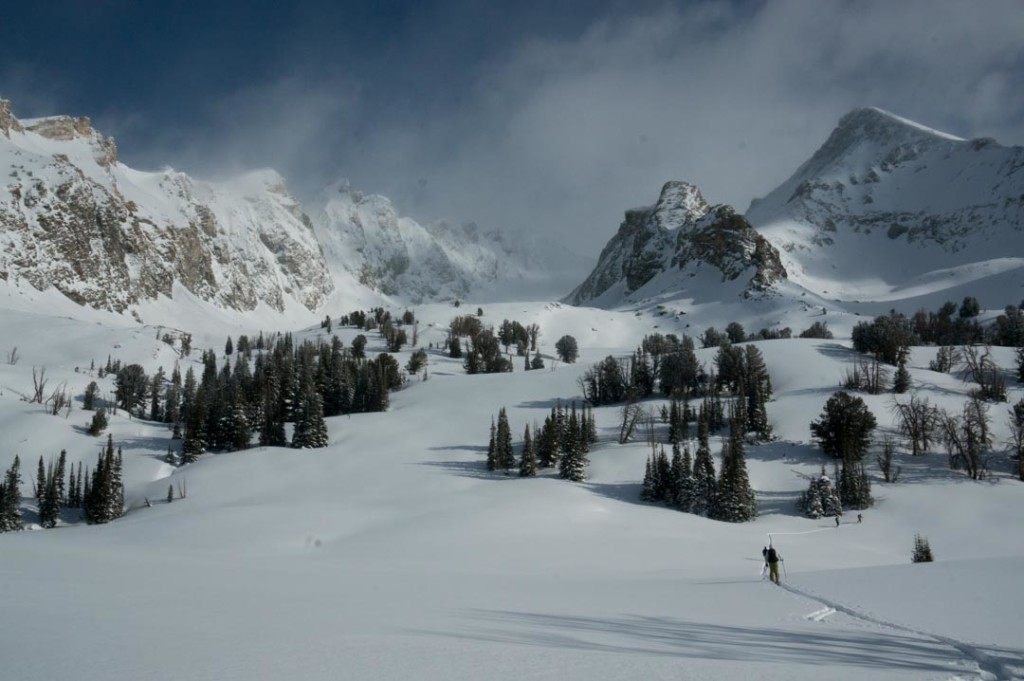
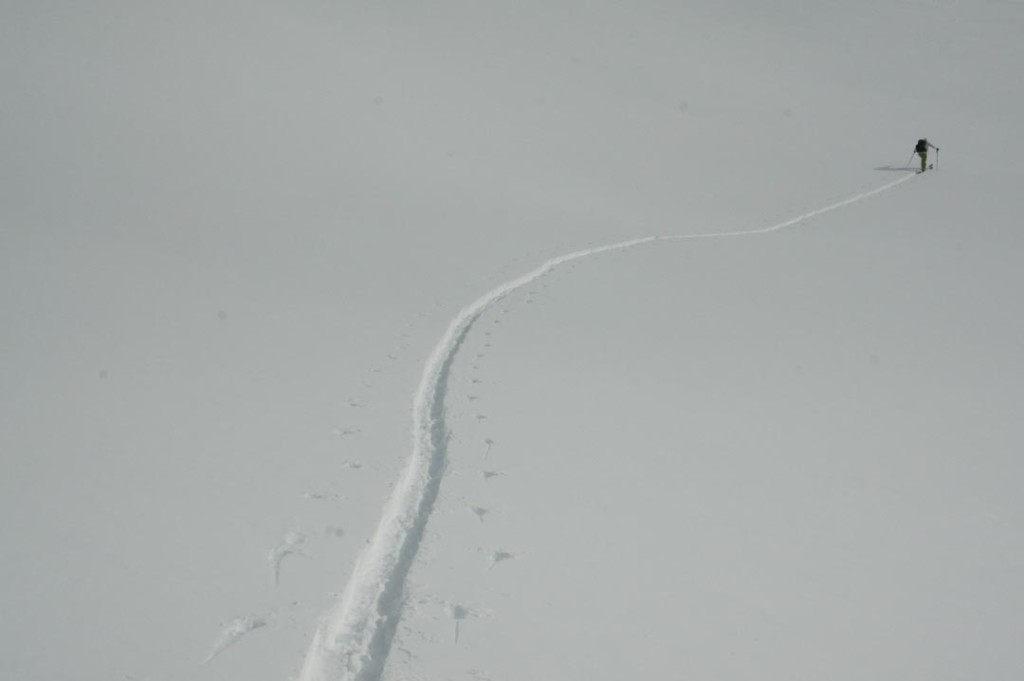
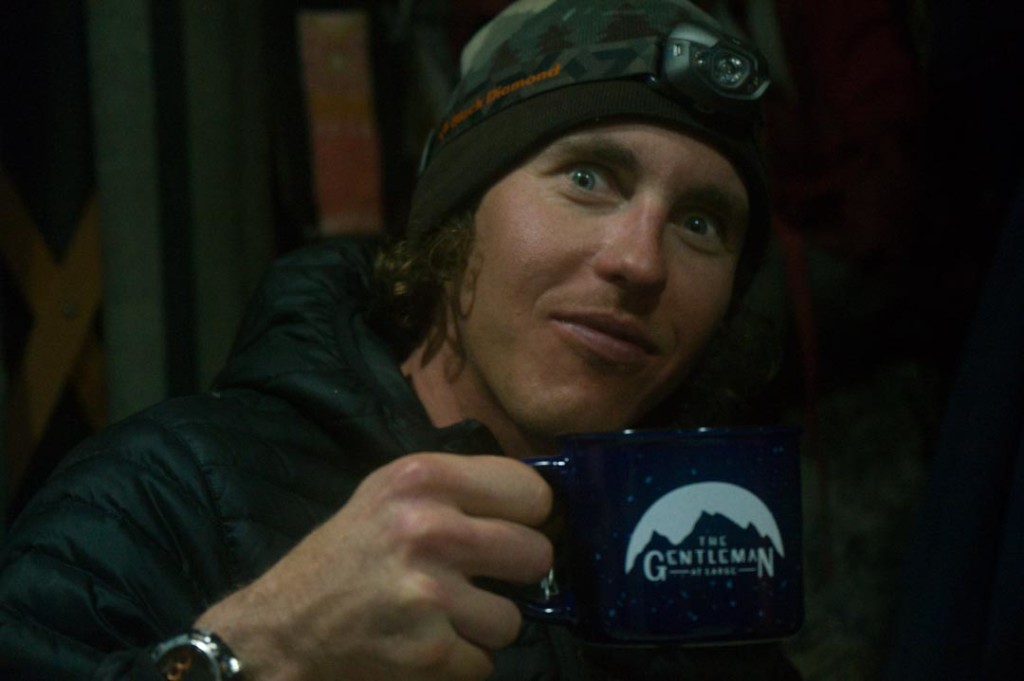
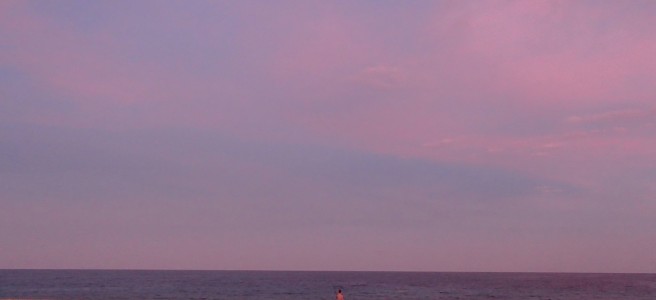

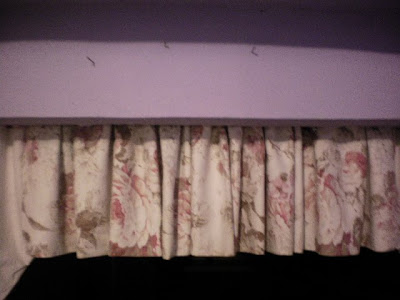
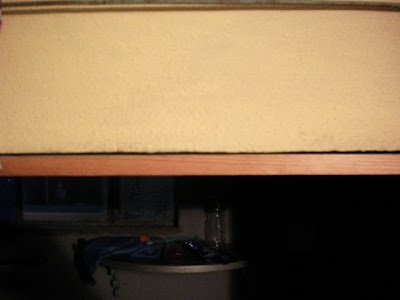
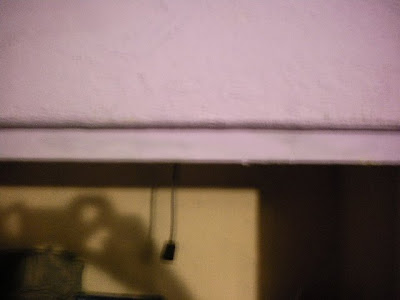
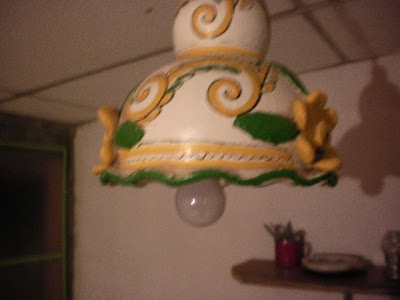
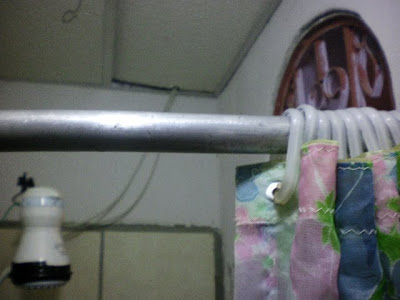
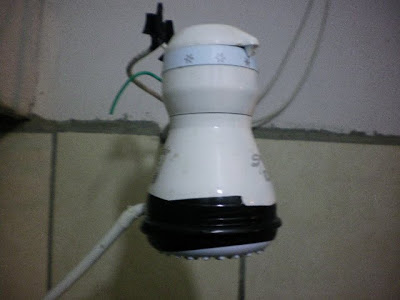 And my spice shelf:
And my spice shelf: 